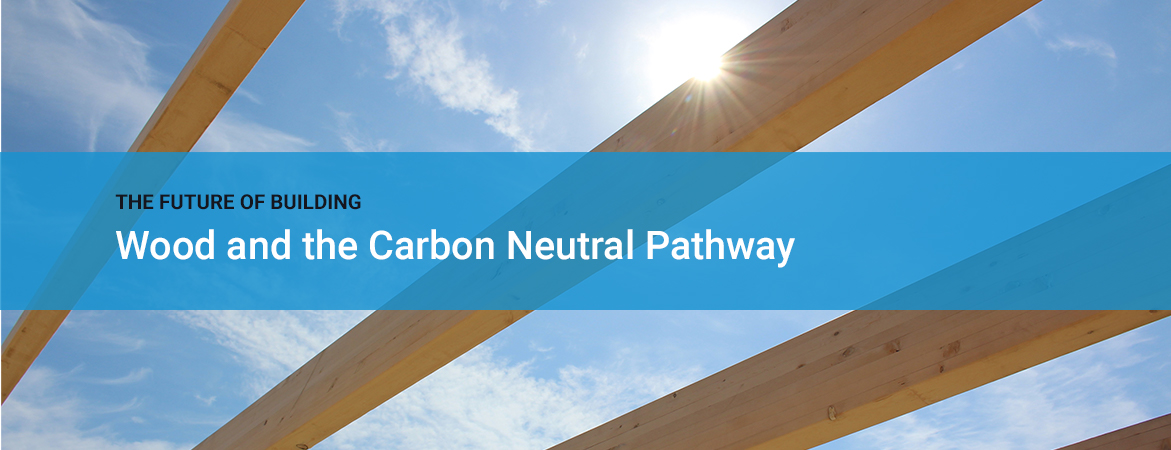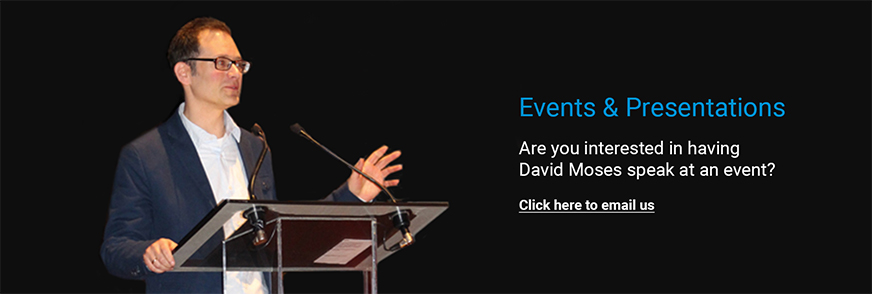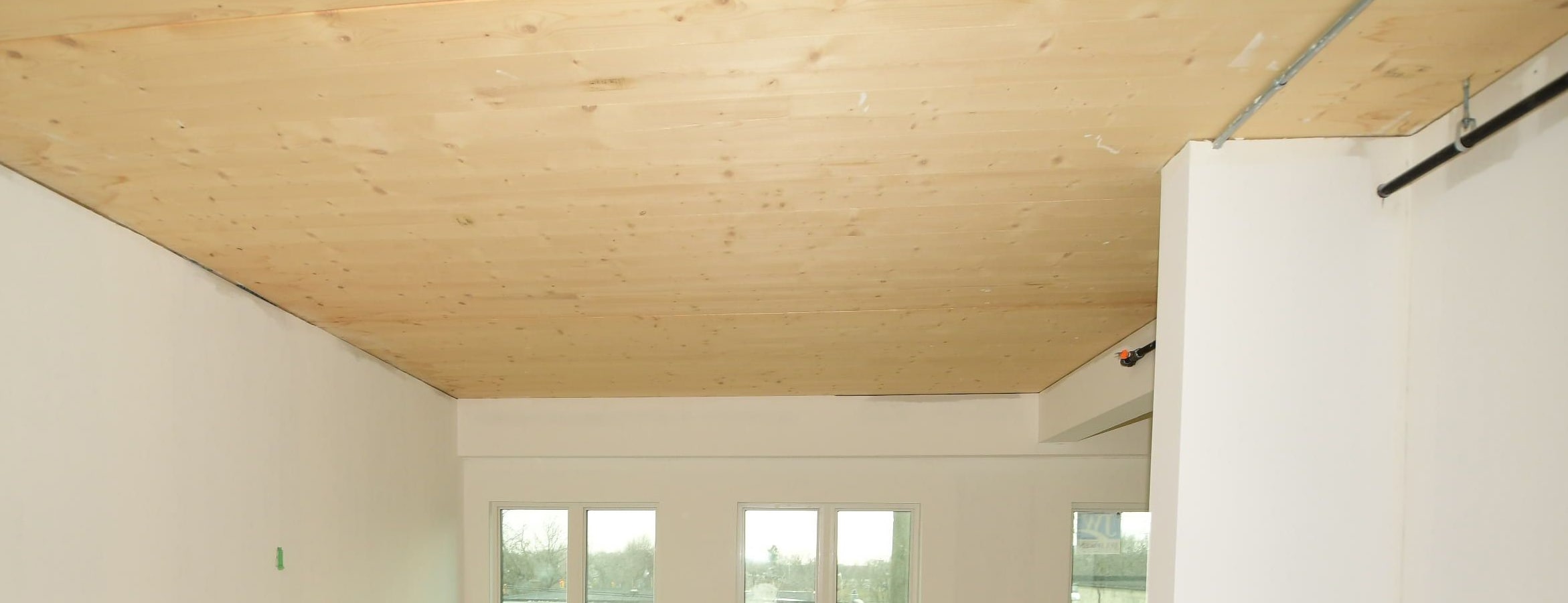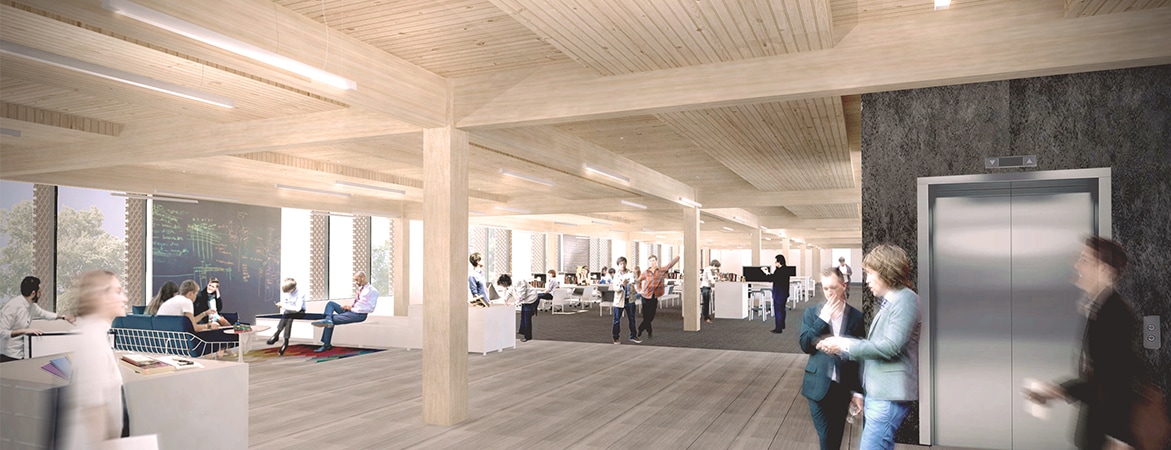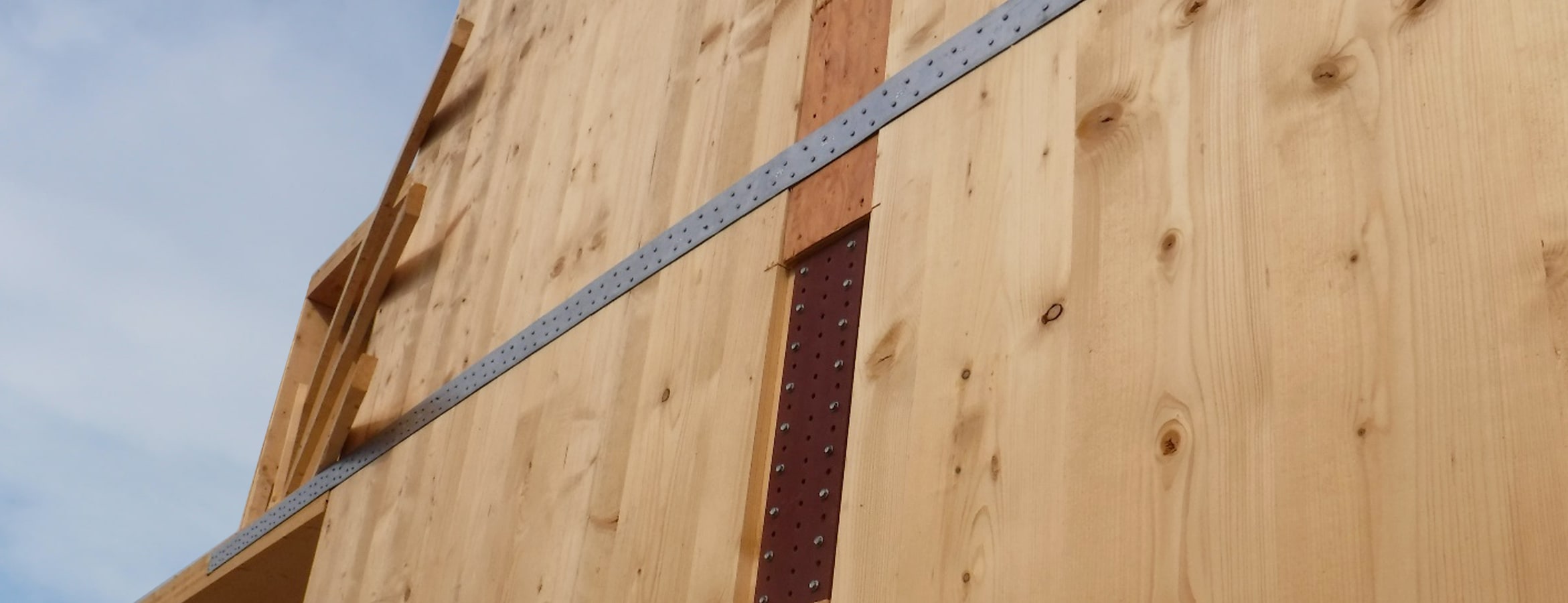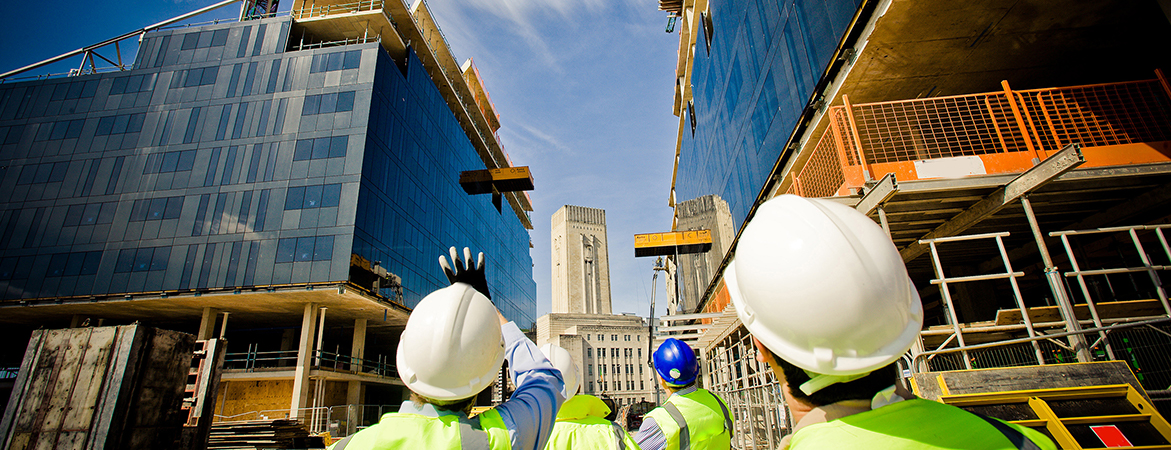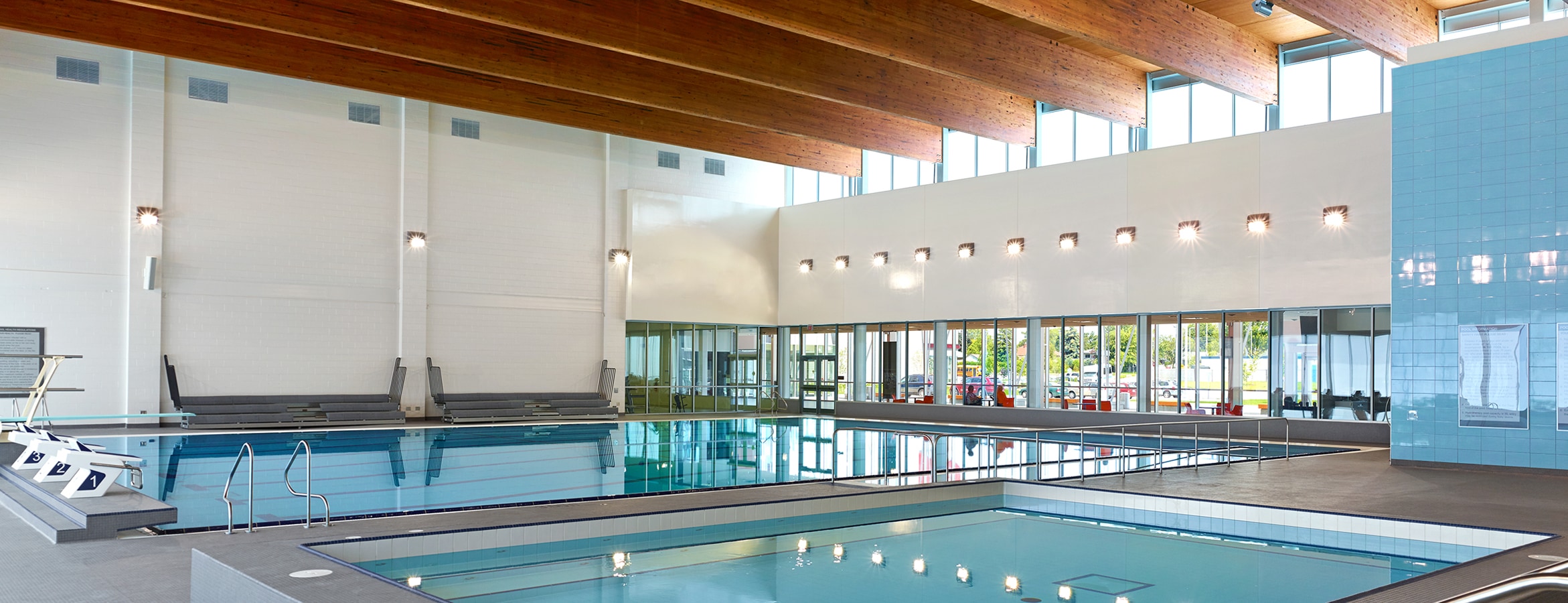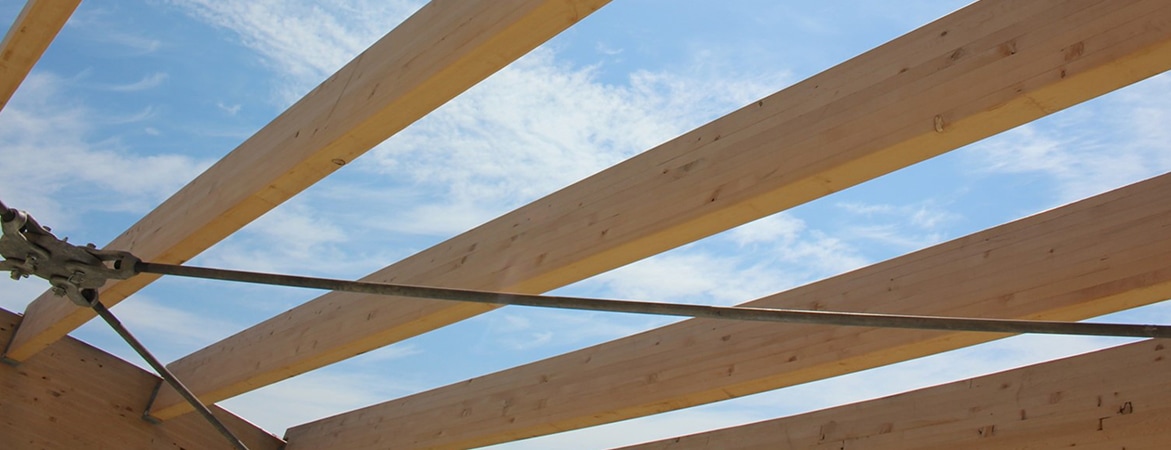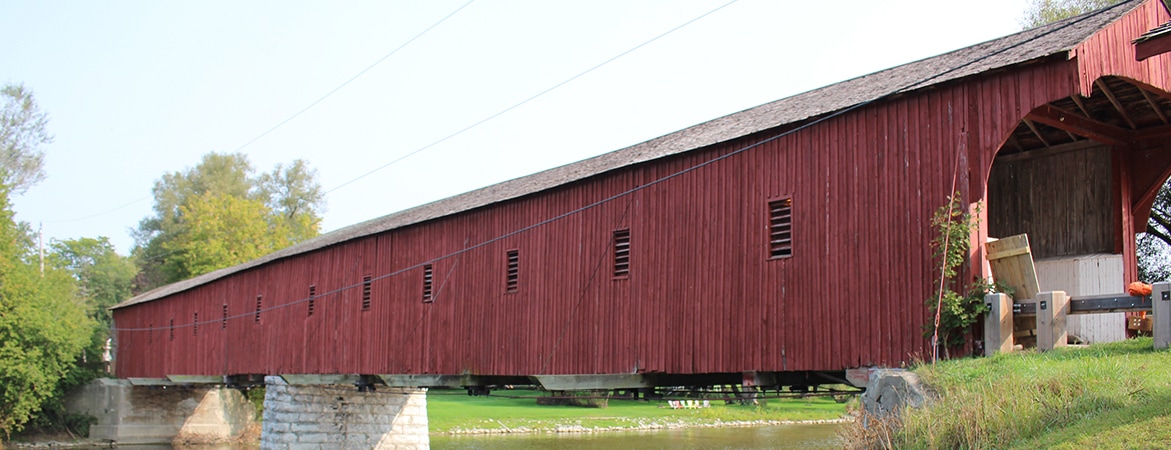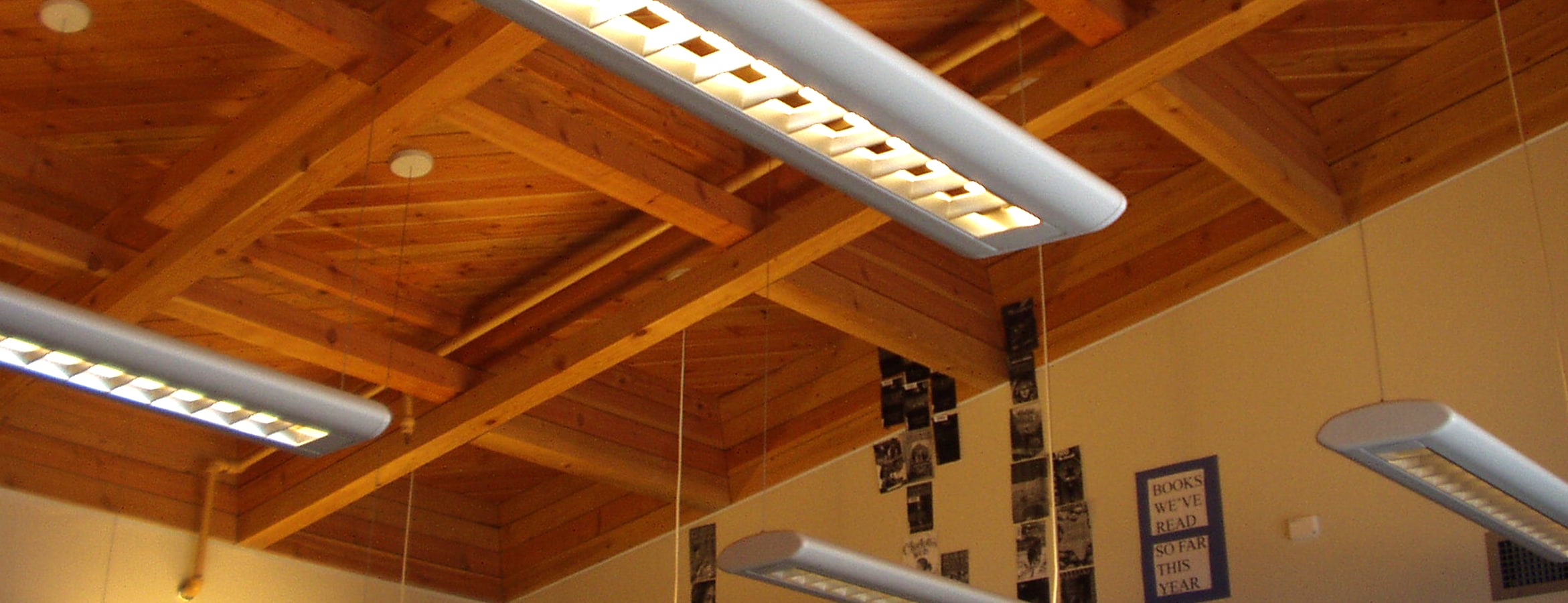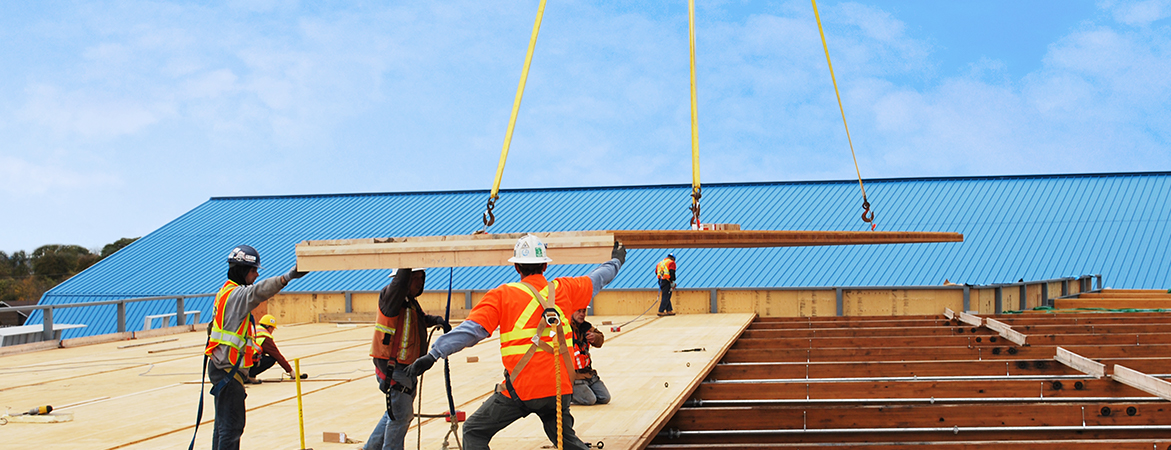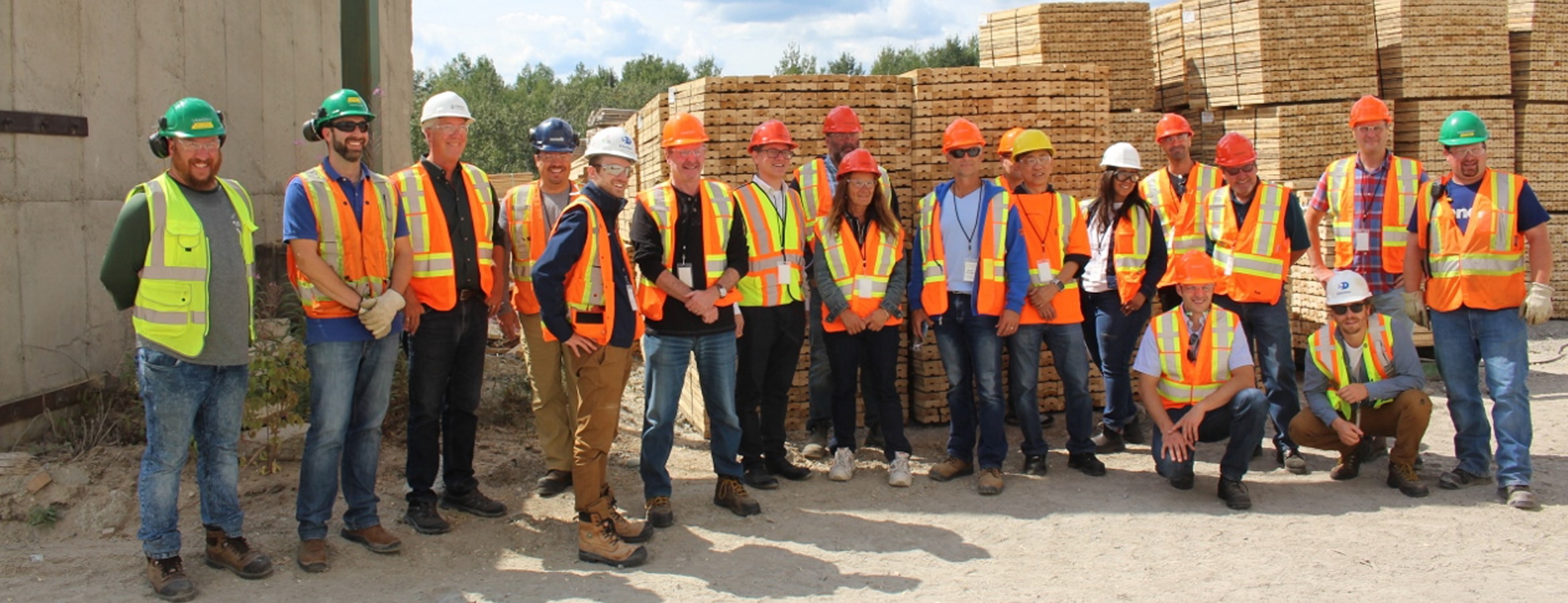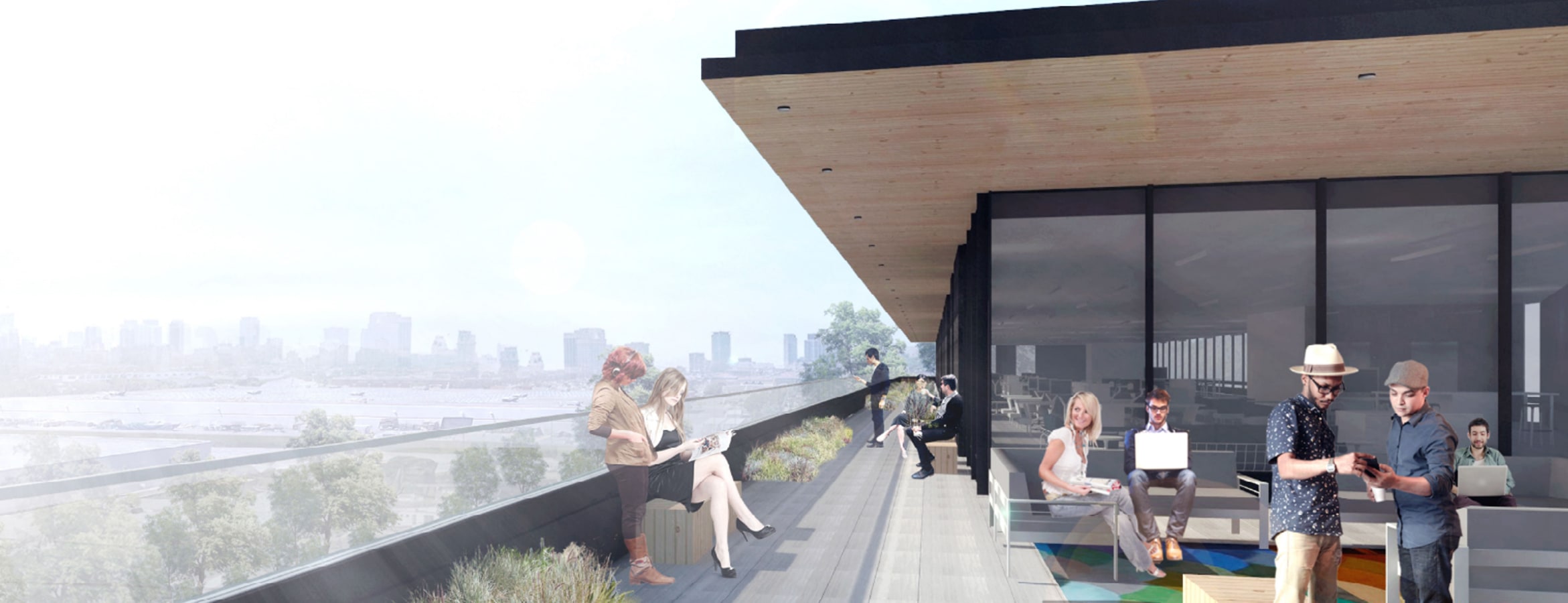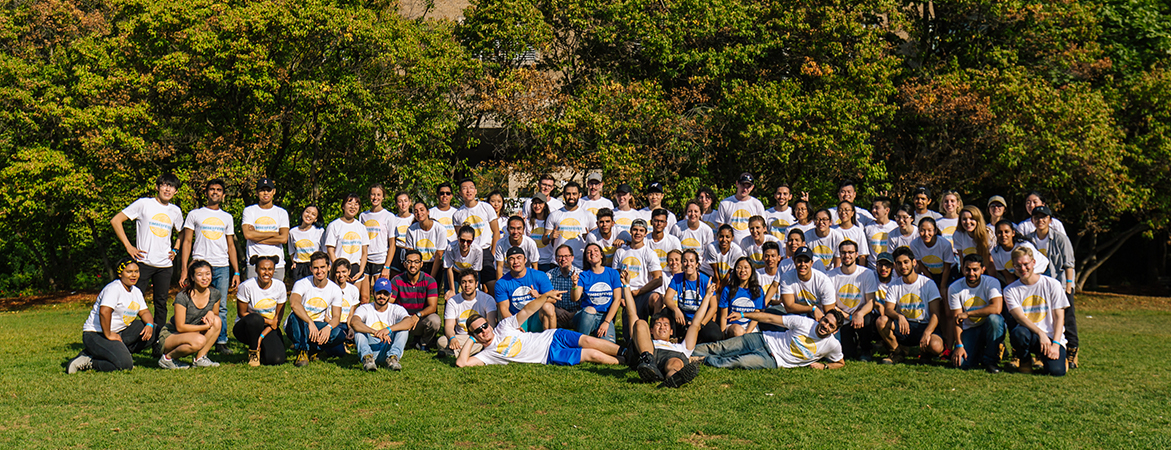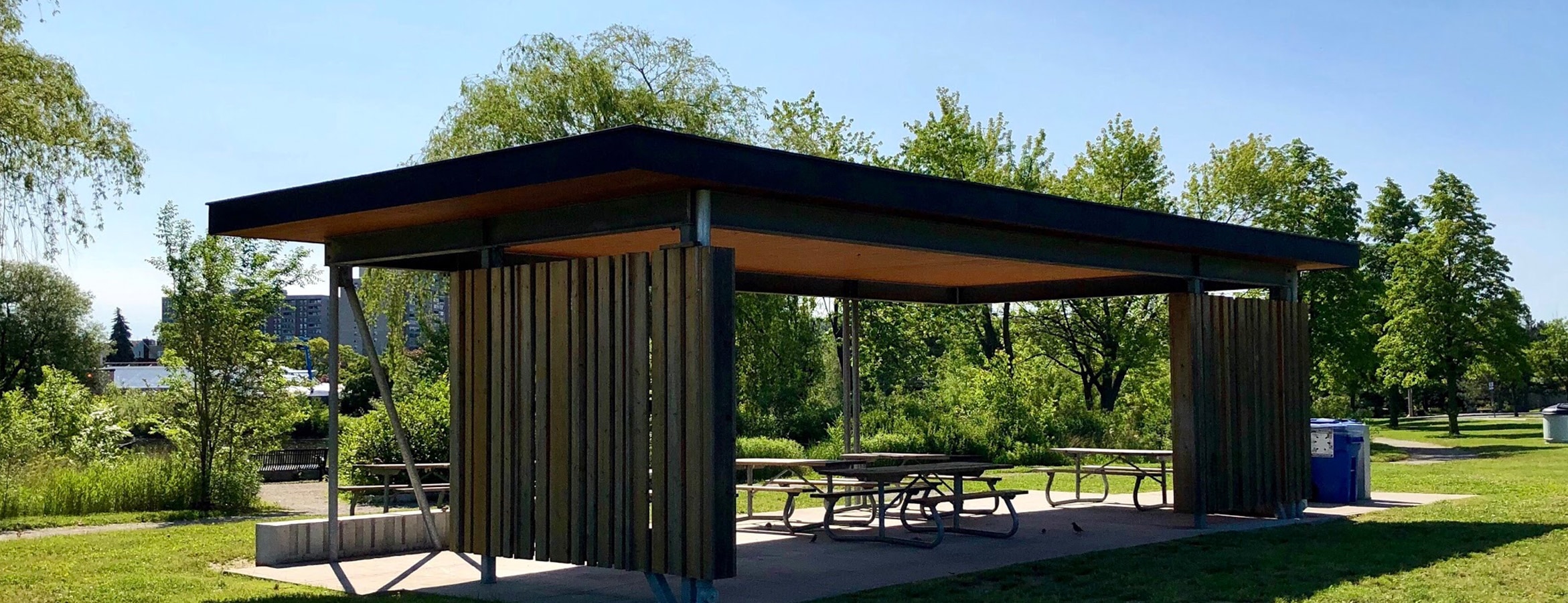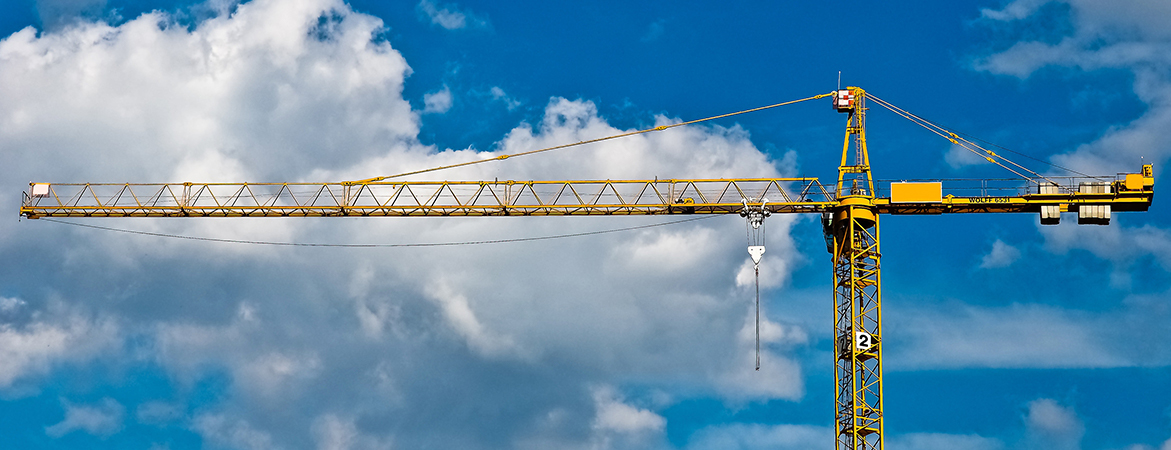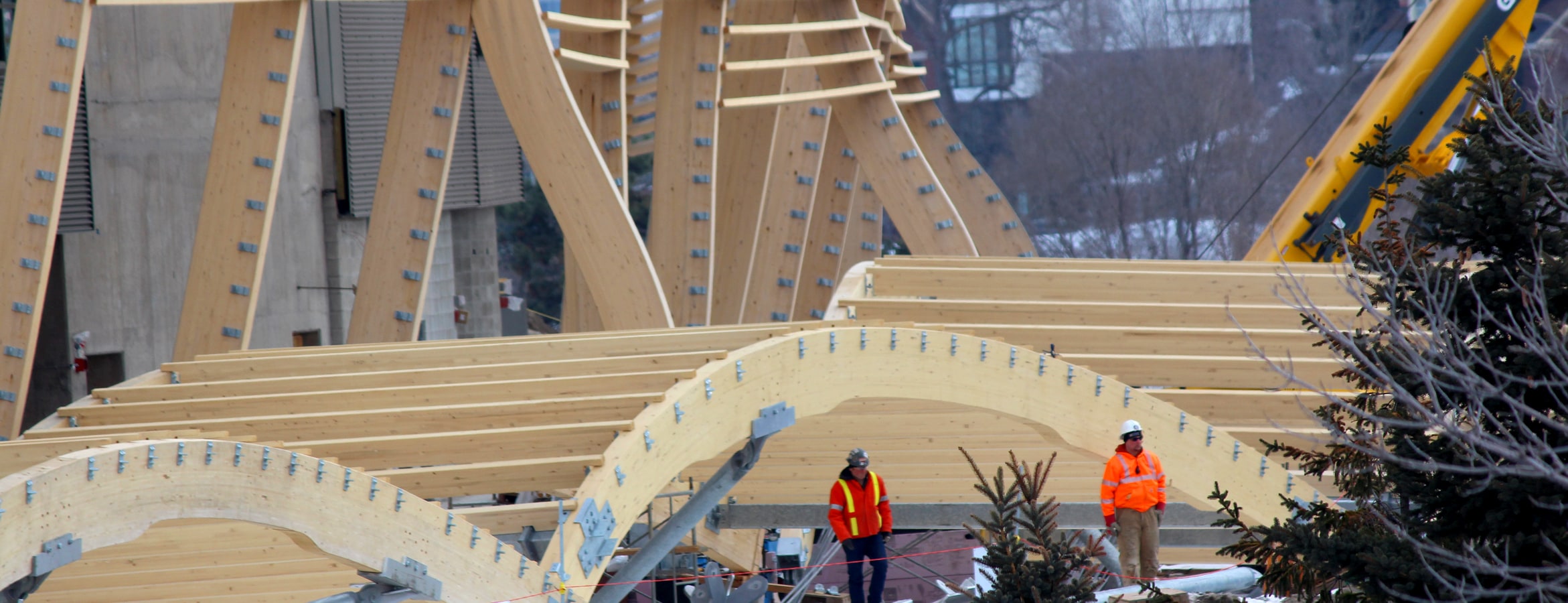Summary of David Moses’ lecture at Laurentian University’s McEwen School of Architecture during Work on Wood (WoW), Spring 2018.
Architect Michael Green Michael Green Architecture has helped inspire a new generation of designers about a new future for building using mass timber. Part of his message is the transformation of the entire process of design and construction. Think of this: It’s 8 am and the construction day is about to begin for a new high-rise. You are here to witness a complete change in how we build. The trades have begun their briefing for the day’s activities. But today’s briefing is different from any you have seen in the past. The construction crew is watching the sequencing simulation for the day on the site trailer screen. The Assemblers and the Quality Control Inspectors are using virtual reality tools to preplan the installation sequence of critical connections before the parts arrive on site in 1 hour. Everything has been prefabricated and at 9 am, right on time, the first shipment arrives, and installation begins.
This is the quietest, safest and cleanest construction site you have ever seen or heard. This is manufacturing; it is not construction as we know it today. And this construction site is a factory manufacturing a quality, high performance building at top speed.
A key feature of this new building system is materiality – mass timber replaces most of the concrete and steel typically used in construction. Mass timber is sustainably harvested, machine stress-graded and precision machined. Sounds great. And a lot of things need to happen before our industry can make this leap. Some of the logistical hurdles:
- Training: A new generation of architects, engineers and builders will need to shift their thinking around these ideas.
- Simulation: Technology companies for construction sequencing simulation will need to develop and evolve.
- R&D: Research and develop will continue to create new products, new systems and simulation interfaces.
- Codes and standards: Building codes are extremely slow to adapt and will lag behind industry practice for many years.
- Supply chain: New suppliers will need to enter the market and develop products and just-in-time delivery practices. They will need to adopt the same simulation technology to match the systems used on site.
- Standardization: Confusion will arise since many structural system options are currently being considered and, unlike other materials, mass timber dimensions vary between supplier.
The construction industry is slow to change. The risks of adopting new methods and practices will prevent the majority of building owners from being first adopters.
There will be hurdles in the planning process, in procurement and at times it will seem that small steps are being made. But as with any new technology, the life cycle starts with the early adopters.
This is a huge opportunity. We’re at the leading edge. If you’re just starting your career, and are passionate about change, about the environment, and want to make a lasting impact, this is an exciting space to get into. Imagine a construction shift that will make a lasting impact on creating local jobs, improve working conditions, have positive environmental impact using a sustainably-harvested, low embodied energy material to create high quality, high performance buildings at top speed.
